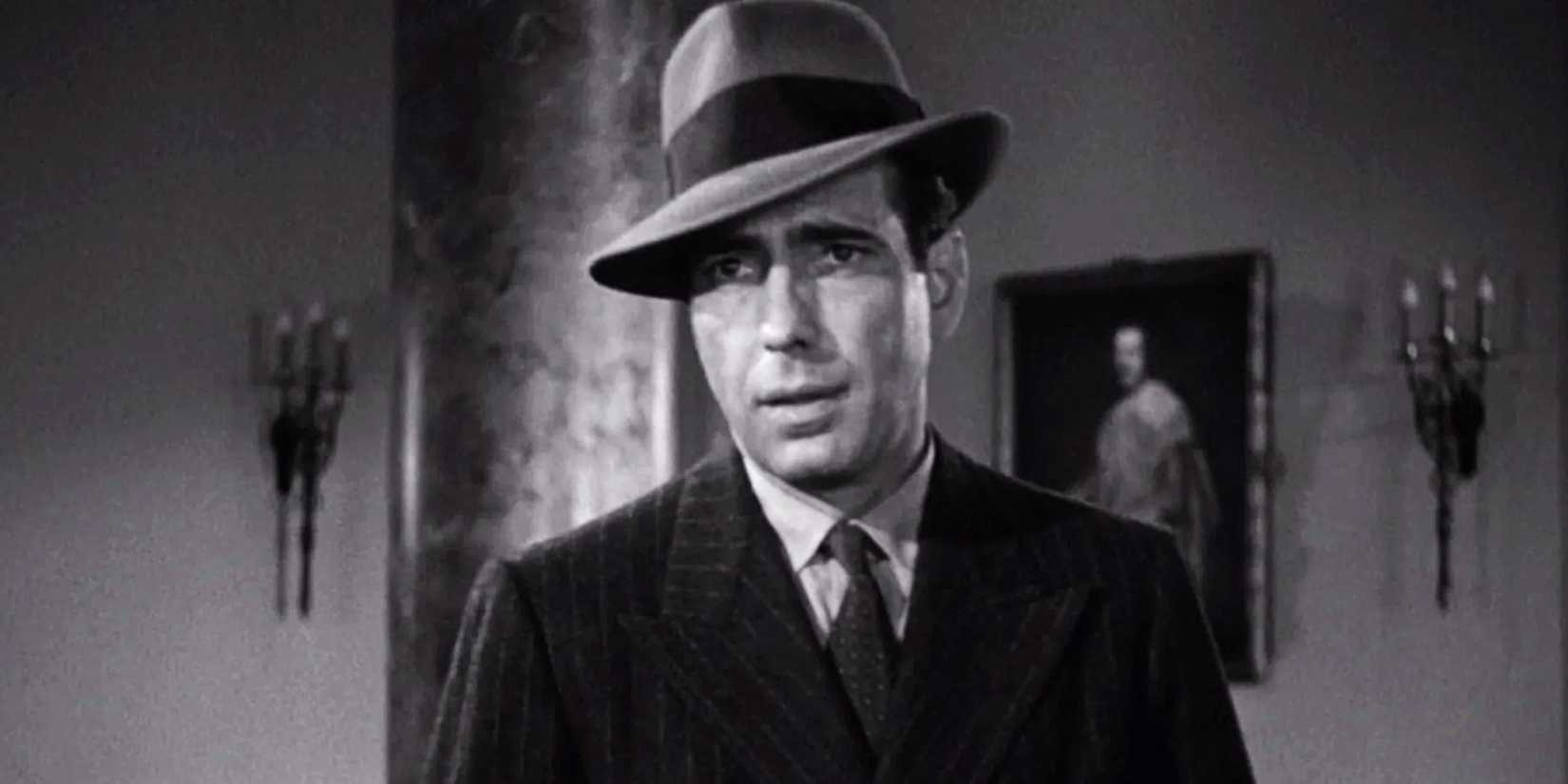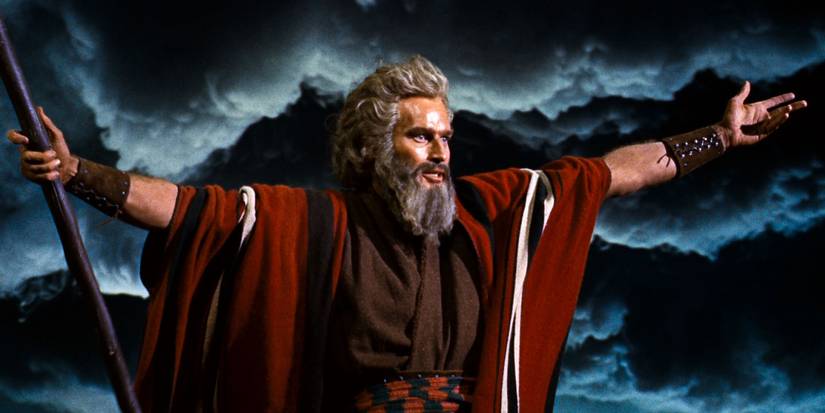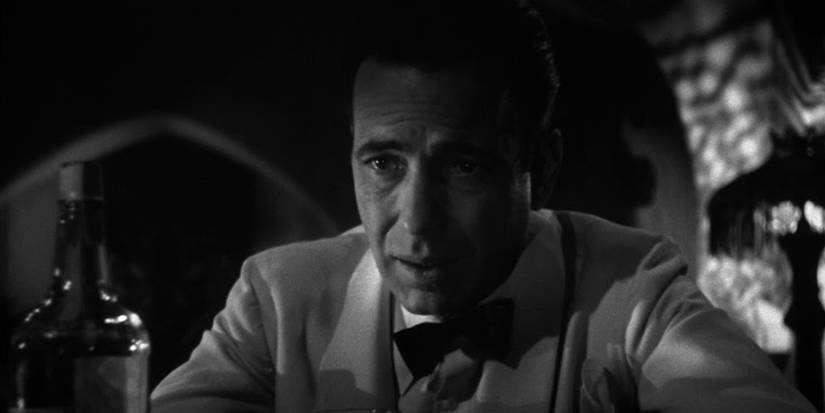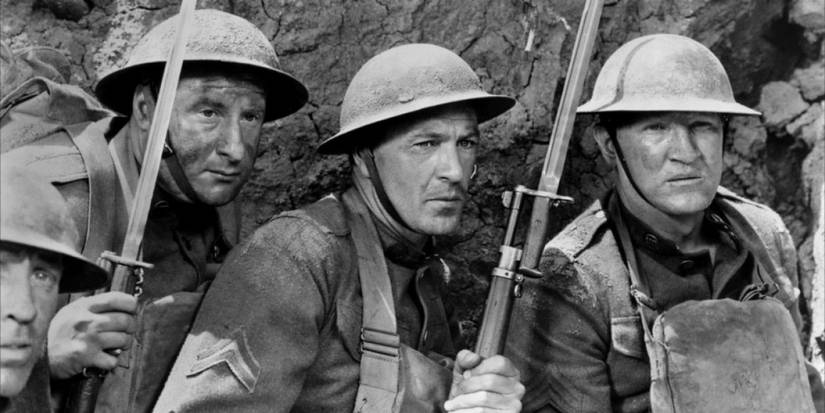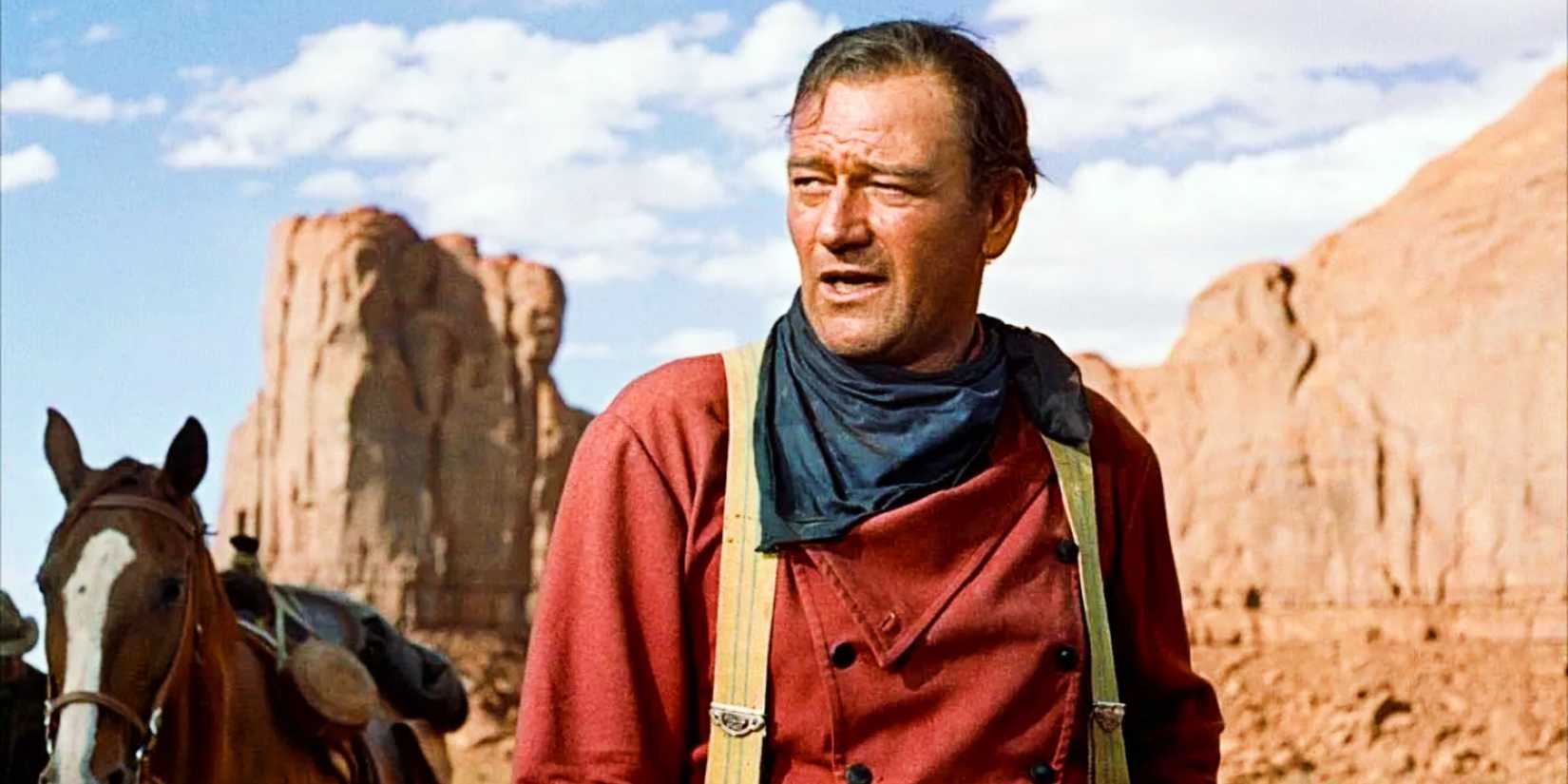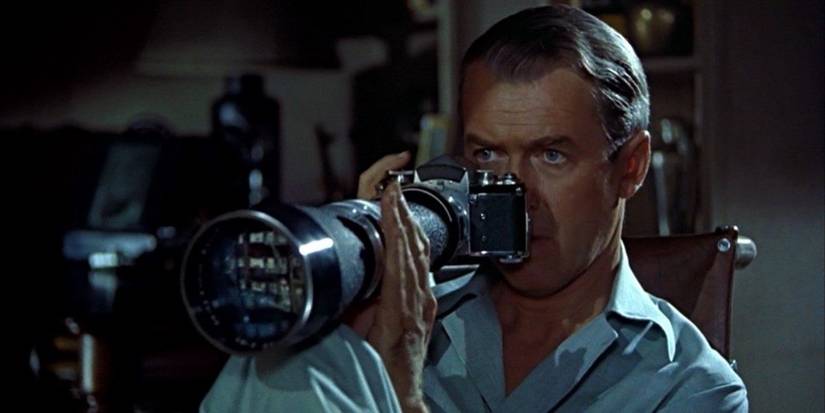The Golden Age of Hollywood played host to some of the greatest directors in cinematic history. Modern filmmakers like Steven Spielberg, Quentin Tarantino, and Christopher Nolan have cited some of these innovative minds as influences on their work, which highlights their lasting impacts on the industry.
When it comes to movies, there’s no overstating the significance of Hollywood’s Golden Age, a term that typically describes a period in cinema that lasted between the late 1920s and the mid-1960s. In addition to the many all-time great films this era produced, they saw the creation of a long list of directing styles and techniques that remain relevant even in 2025.
Back then, filmmakers didn’t have the tools available to them that modern directors have at their disposal today. But a lack of incredible special effects weren’t the only thing that held them back, as the extremely restrictive Hayes Code was also a massive hindrance. But in the face of these things, several directors helped make this period the “golden age” that it was.
William Wyler
In the modern era, William Wyler may not have the same level of name recognition as Alfred Hitchcock, Orson Welles, or John Ford, but he was easily one of the most accomplished filmmakers of his time, with many of his films still being household favorites. A testament to his legacy is the fact that he directed a total of 21 Oscar-nominated films.
In 12 of those instances, Wyler himself was nominated for Best Director, winning three times. His wins were for Mrs. Minniver, The Best Years of Our Lives, and Ben-Hur, a movie fairly regarded as one of the best historical epics of all time.
John Huston
Like William Wyler, John Huston’s career has been littered with accolades. Having directed 18 Oscar-nominated movies between 1941 and 1987, there’s no denying that Huston was one of Hollywood’s most talented directors. That was on full display in 1941 when he helmed The Maltese Falcon, an iconic Humphrey Bogart movie and a key foundation of the film noir genre.
John Huston had tremendous range, and didn’t necessarily excel in any one genre. For instance, he only dabbled briefly in Westerns, with one of the few he made – The Treasure of the Sierra Madre – being a 100% Rotten Tomatoes masterpiece. A third Huston-Bogart collaboration, The African Queen, is one of the best movies of the 1950s.
Cecil B. DeMille
Another director with a particular talent for epics was Cecil B. DeMille, who had a great sense for scale in his directing. DeMille directed epics across many genres (but clearly had a knack for Biblical films), helming celebrated classics such as The Ten Commandments, The Greatest Show on Earth, Cleopatra, and Samson and Delilah.
In addition to being responsible for some of the greatest Biblical movies of all time, DeMille produced a Best Picture winner when he made The Greatest Show on Earth and even displayed a penchant for romantic comedy when he made the now-beloved Audrey Hepburn-Gregory Peck film, Roman Holliday.
Orson Welles
Orson Welles’ doesn’t have legions of directing credits in the same vein as Hitchcock, DeMille, or Wyler, but even just a handful of his movies are enough to earn him a place in this discussion. After all, Orson Welles directed Citizen Kane, a movie widely regarded as the greatest movie ever made.
Orson Welles was an auteur, whose lighting and other directing techniques used in Citizen Kane were extremely influential on the industry going forward. He also directed a truly great film noir in The Touch of Evil.
Michael Curtiz
Orson Welles’ title as the director of the greatest movie ever isn’t undisputed. The same case has also been made for Michael Curtiz, considering that he was the force behind Casablanca, the World War 2 drama that gave Hollywood one of its greatest love stories. Many of its great moments and lines are owed to the script, of course, but Casablanca likely wouldn’t have been the masterpiece that it was without Curtiz.
Casablanca will always be what Curtiz is best remembered for, but the accomplished director has other great projects under his belt as well, including Captain Blood and The Adventures of The Robin Hood, two Errol Flynn-led films that were crucial to the development of the swashbuckler movie genre.
Frank Capra
Frank Capra has his name stamped on three of the best movies from Hollywood’s Golden Age, not to mention so many other great films. He heralded a spirited performance from James Stewart in Mr. Smith Goes to Washington, and directed the actor again in the heartwarming (and equally heartbreaking) Christmas favorite, It’s a Wonderful Life.
He was also behind It Happened One Night, the legendary romantic comedy that paired Clark Gable and Claudette Colbert. He won the Academy Award for Best Director for that movie, and won it for Mr. Deeds Goes to Town and You Can’t Take It With You as well.
Howard Hawks
Several of Hollywood’s greatest actors (Humphrey Bogart, John Wayne, Cary Grant, Katharine Hepburn, and Gary Cooper) owe some of their finest achievements in cinema to their partnerships with Howard Hawks. Hawks famously directed Wayne in Red River, Grant and Hepburn in Bringing Up Baby, Cooper in Sergeant York, and Bogart in To Have and Have Not.
All four of those films are universally accepted as all-time great entries into their respective genres, a notion that perfectly represents the mark Howard Hawks left on Hollywood, making classic after classic, with the 1940s and the 190s boasting his best works.
John Ford
With Westerns being so integral to this period in Hollywood’s history, it’s only appropriate that the director who bears the most responsibility for the genre’s success is counted among the Golden Age’s top directors. John Ford directed numerous legendary and groundbreaking Westerns, from Stagecoach to The Searchers, many of which were with John Wayne as his star.
Of course, John Ford didn’t need to be directing Westerns to make a masterpiece. His 1941 period piece drama, How Green Was My Valley, secured a record-breaking total of ten Oscar nominations, including a Best Director win for Ford. He won Best Director three other times (before and after the film), for The Grapes of Wrath, The Informer, and The Quiet Man.
Alfred Hitchcock
It’s hard to find a classic movie director – or any director for that matter – with as many gems under one genre to his name as Alfred Hitchcock. Appropriately nicknamed “The Master of Suspense,” Hitchcock got his start making British films before transitioning to Hollywood and taking the industry by storm through hits like Notorious and Shadow of a Doubt in the 1940s.
It’s important to note that although he was directing movies as early as the 1920s, arguably his most recognizable film didn’t even come until 1960 when he directed Psycho.
As for why he remained as relevant for as long as he did, this can be attributed largely to the fact that Hitchcock was constantly innovating and experimenting. Being able to keep the audience engaged for two hours without ever leaving one room (Rear Window) or making a movie look like one really long take speaks volumes about Hitchcock’s abilities as a director.
This story originally appeared on Screenrant


